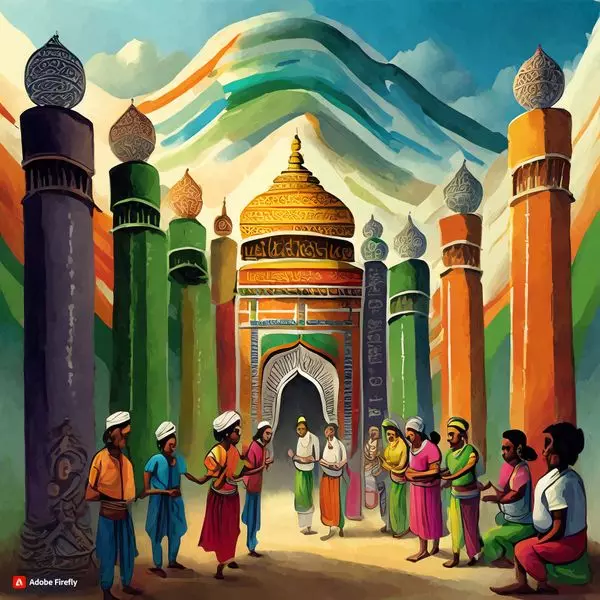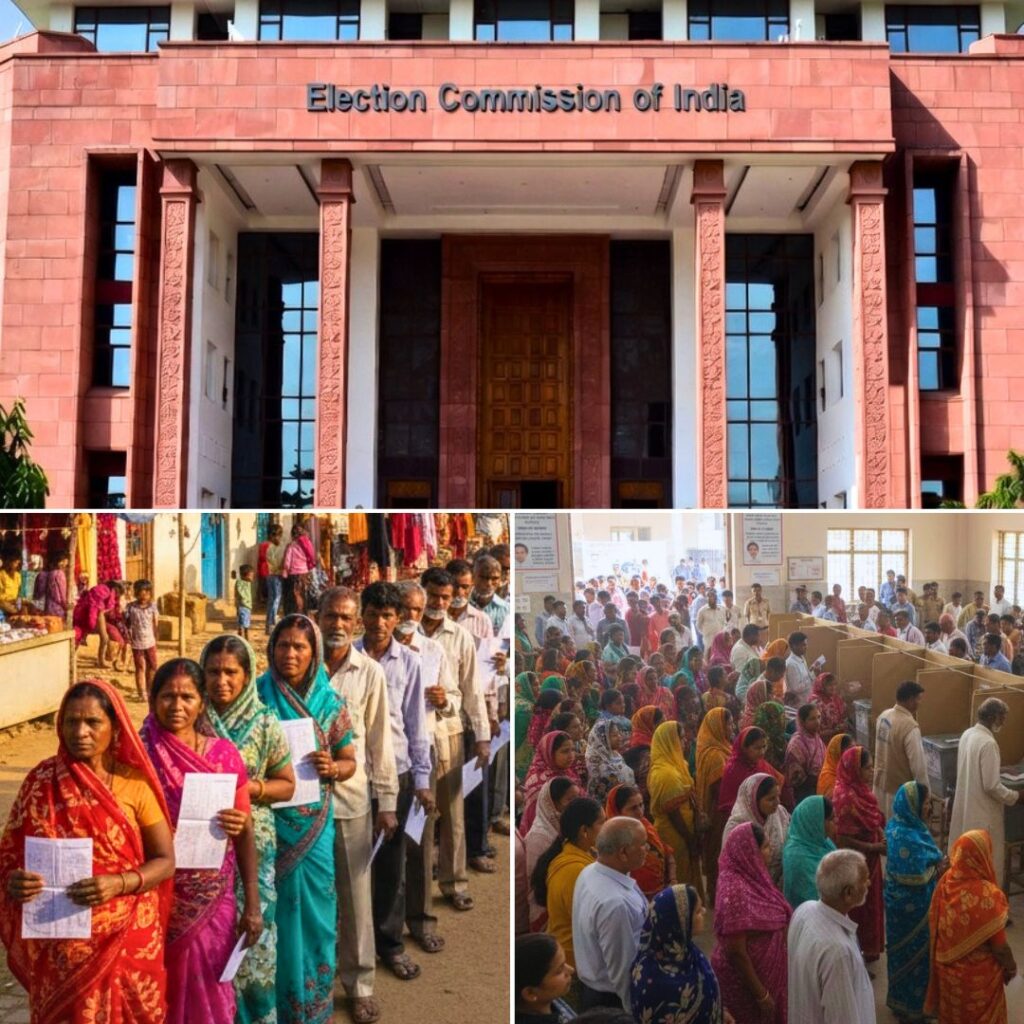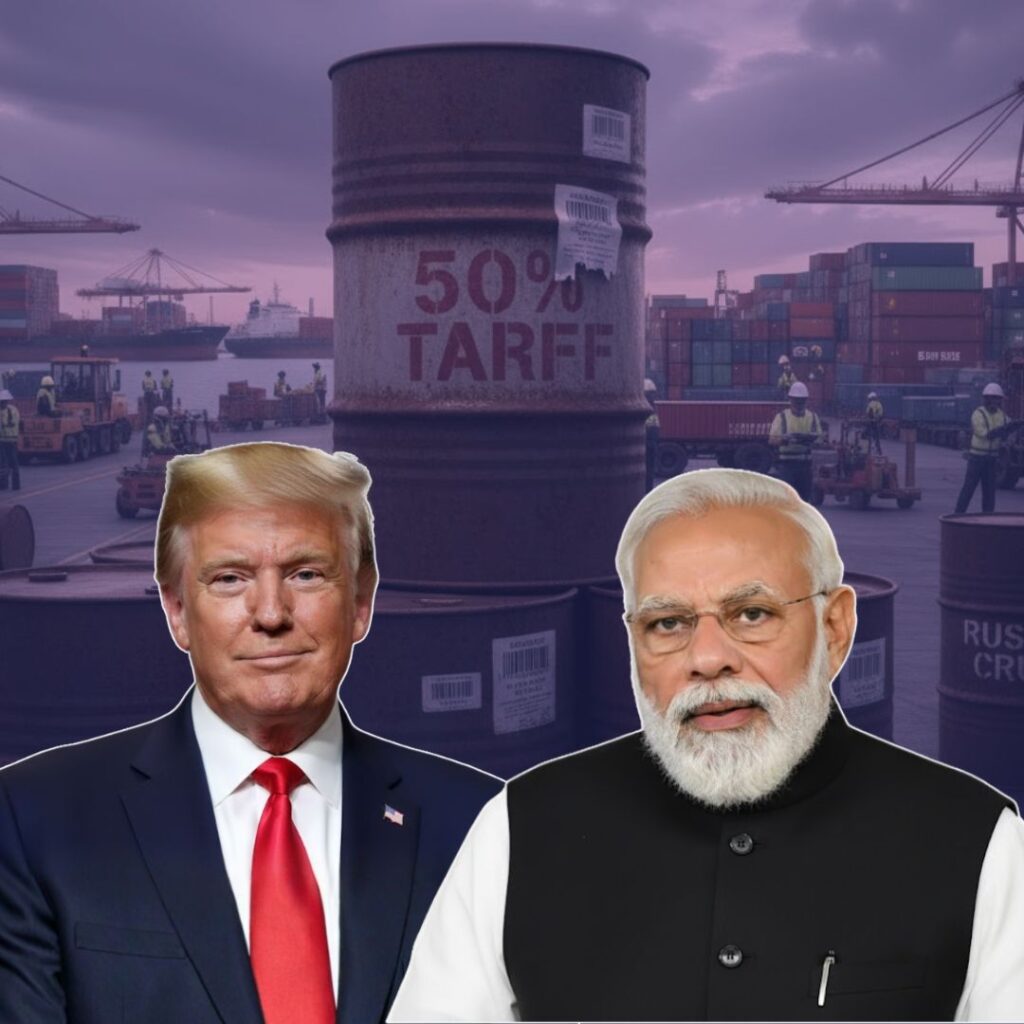India, a country renowned for its linguistic tapestry, holds a unique position globally with 22 officially recognized languages, a testament to its rich cultural diversity. Multilingualism is deeply ingrained in the Indian way of life, where individuals often speak more than one language, fostering a continuous learning process throughout their lives.
While the Constitution acknowledges 22 official languages, the Peoples Linguistic Survey of India has identified a staggering 780 languages, 50 of which have unfortunately become extinct in the past five decades. The Eighth Schedule of the Constitution includes Assamese, Bengali, Bodo, Dogri, Gujarati, Hindi, Kashmiri, Kannada, Konkani, Maithili, Malayalam, Manipuri, Marathi, Nepali, Oriya, Punjabi, Sanskrit, Santhali, Sindhi, Tamil, Telugu, and Urdu.
Within this linguistic panorama, Sanskrit, Tamil, and Kannada hold a special status as classical languages, recognized by the Government of India. These languages boast a written and oral history spanning more than 1000 years, making them cultural pillars compared to the relatively young English language, with only a 300-year history.
India’s Constitution also safeguards minority languages as a fundamental right, affirming the right to conserve distinct languages, scripts, or cultures. Special Officers for linguistic minorities, appointed under constitutional provisions, play a vital role in preserving the interests of these linguistic groups.
Historically, the first linguistic survey was conducted during colonial rule from 1894 to 1928 by George A. Grierson, identifying 179 languages and 544 dialects. However, due to a lack of trained linguists, this survey had limitations. Post-independence, the Central Institute of Indian Languages (CIIL) in Mysore was tasked with a comprehensive language survey, which remains incomplete to this day.
India’s commitment to linguistic diversity extends to education, with the Constitution emphasizing the importance of providing primary education in the mother tongue for children belonging to linguistic minority groups. This aligns with the United Nations’ theme for World Mother Language Day in 2017.
The 1956 reorganization of states, based on linguistic boundaries, played a crucial role in shaping the linguistic landscape. Sardar Vallab Bhai Patel’s leadership in this process underscored the importance of linguistic attributes in state formation.
In the digital age, the Ministry of Electronic and Information Technology emphasizes the significance of local languages on the internet. Union Minister Ravi Shankar Prasad urged internet providers to embrace linguistic diversity, stating that the language of the internet should not be limited to English alone.
Under the vision of digital India, mobile phones sold from July 2017 are mandated to support all Indian languages, a move aimed at bridging the digital divide and empowering non-English speakers with connectivity in their own languages.
Despite these efforts, the threat of extinction looms over minority languages in India. Recent instances, like the loss of the last Bo language speaker in the Andaman and Nicobar Islands, underscore the urgency of addressing this challenge at a societal level. Preserving linguistic diversity is not just a matter of language; it is a crucial element of India’s cultural wealth that requires collective action and awareness.
Also Read: Know About The Enchanting Saga of Warangal’s Thousand Pillar Temple Unveiled













